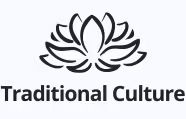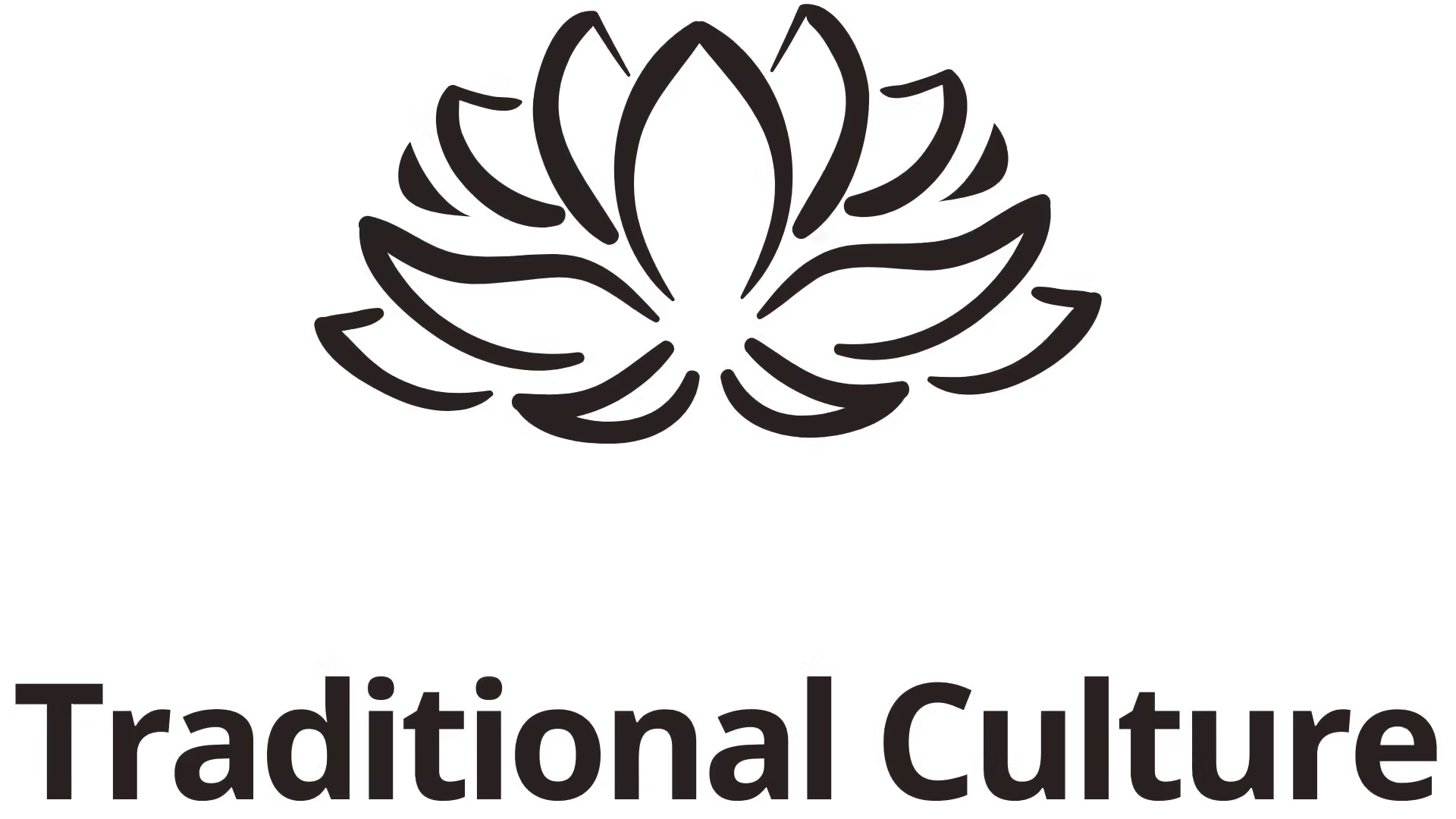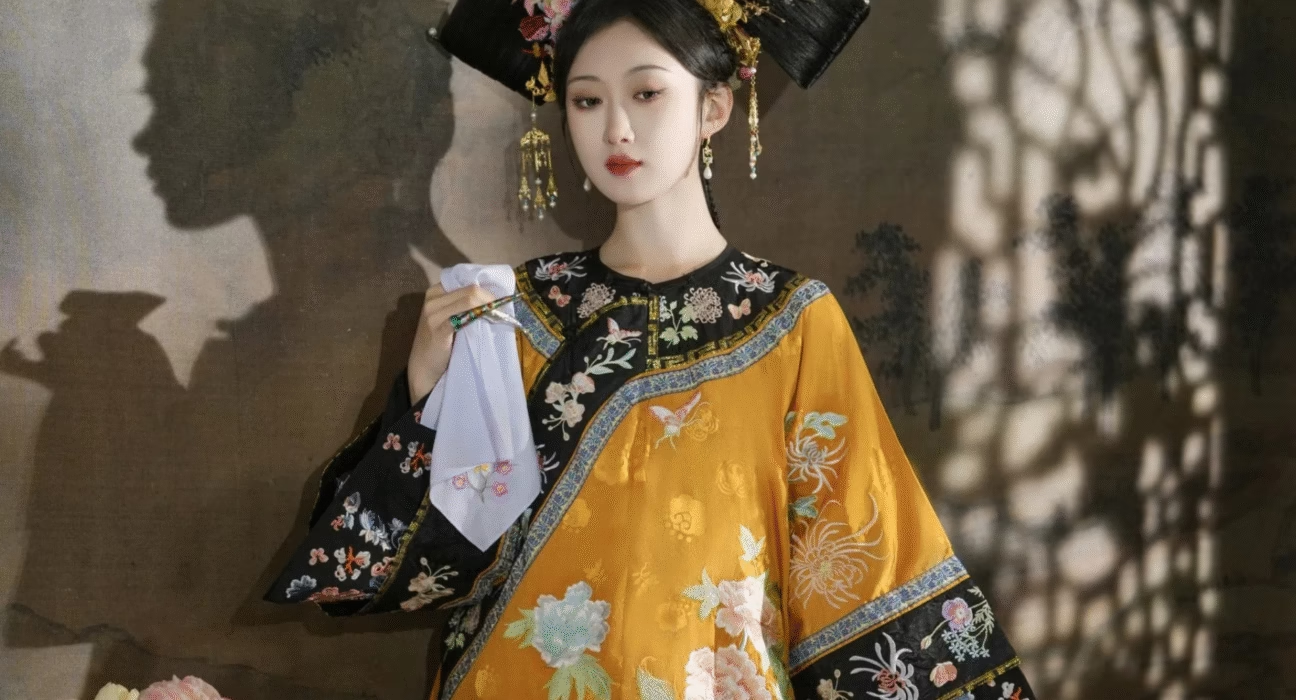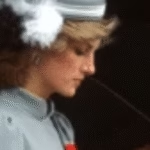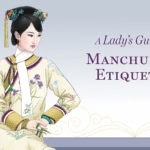Around the world, one of the garments most often associated with Chinese dress is the qipao. Also called the cheongsam or Mandarin gown, it is distinguished by its high collar, narrow waist, and slit skirt. But actually, the ubiquitous qipao is not at all a Han Chinese invention—it is the traditional apparel of the Manchurian people, who ruled China during its last dynasty, the Qing.
The term qipao consists of two Chinese characters. Qi refers to the Qi people, another name for the Manchurians, who were also known as Jurchen; pao comes from the Mandarin word for robe or gown. Manchu qipaos favored hues of blue and pink, with hems and borders in auspicious white.
Manchu ladies were known for wearing “Flower Pot Shoes” (or “Horse Hoof Shoes”). These had four-inch-high raised soles in the center. The base of the shoe was made of wood wrapped in white cloth. On the shoe itself, various materials were sewn: while commoners could only afford cloth, the rich and noble wore shoes of satin inlaid with jade and precious jewels. Sometimes a tassel was stitched to the front.
For centuries during the Ming and Qing dynasties, women practiced foot binding, because smaller feet were considered more attractive. However, Qing rulers were against this excruciating practice and banned it. Manchurian women wore these unique high heels instead.
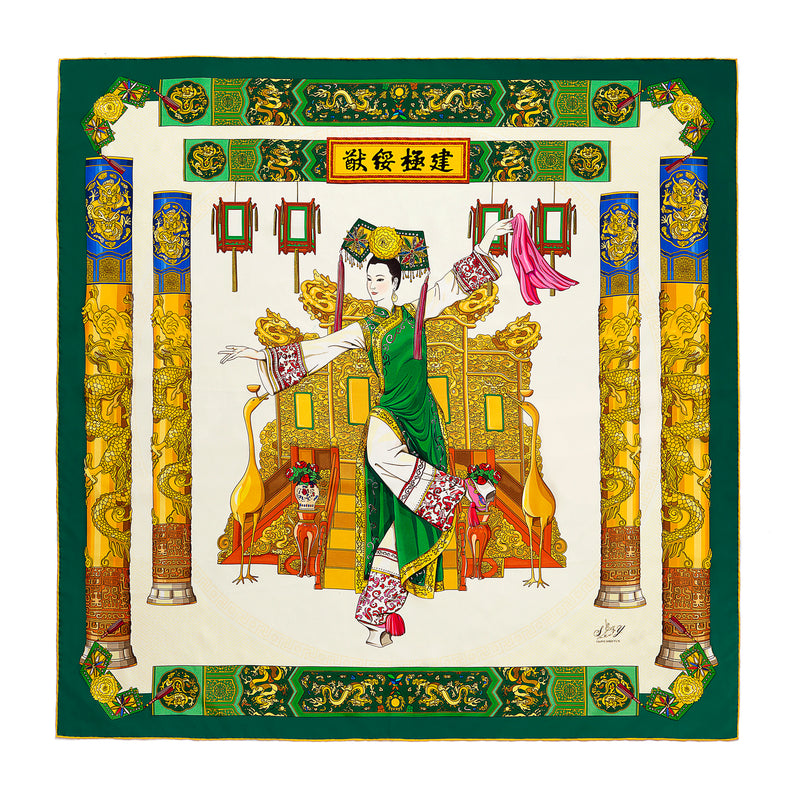
Manchurian Elegance Scarf – Shen Yun Collections
Sporting Flower Pot Shoes made the ladies appear taller and more slender. They took small, gingerly steps to maintain good posture for balance, cultivating a noble gait. For the Manchu ladies of the Qing dynasty palace, this touch of grace was the perfect finish to match their sartorial elegance.
✉️ Stay Connected — Subscribe for Weekly Updates
Discover timeless stories, practical wisdom, and beautiful culture — delivered straight to your inbox.
*We only share valuable insights — no spam, ever.

